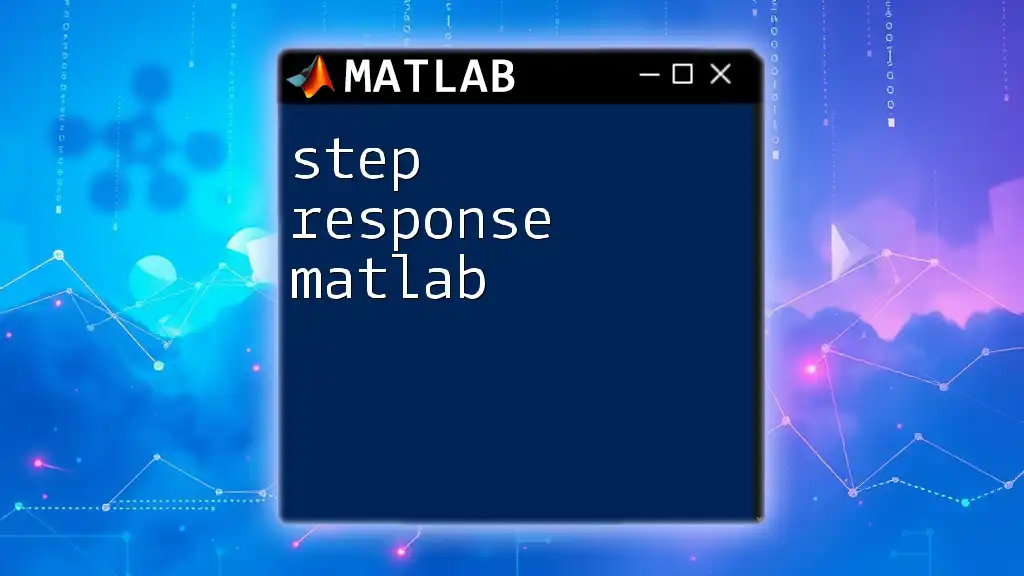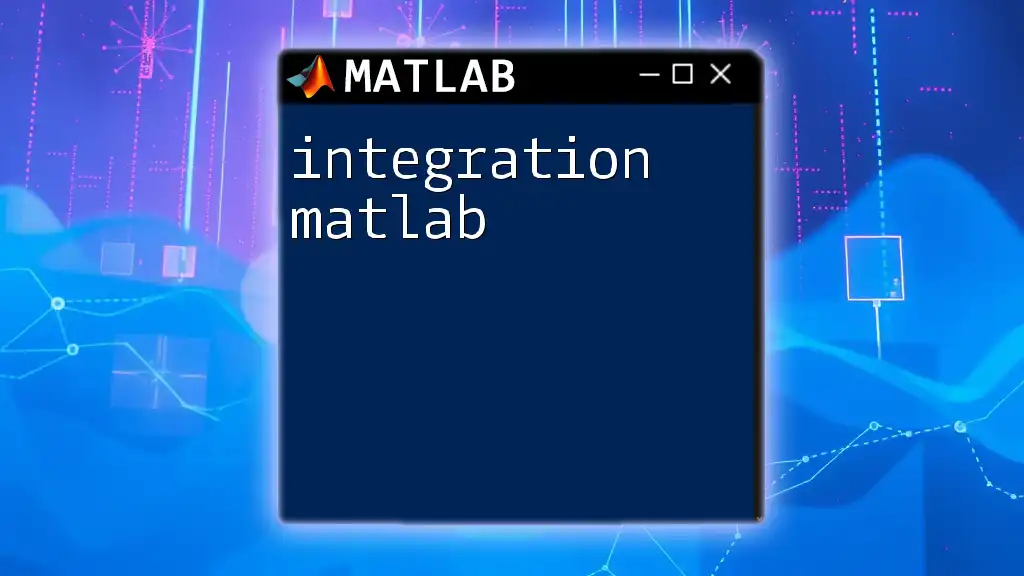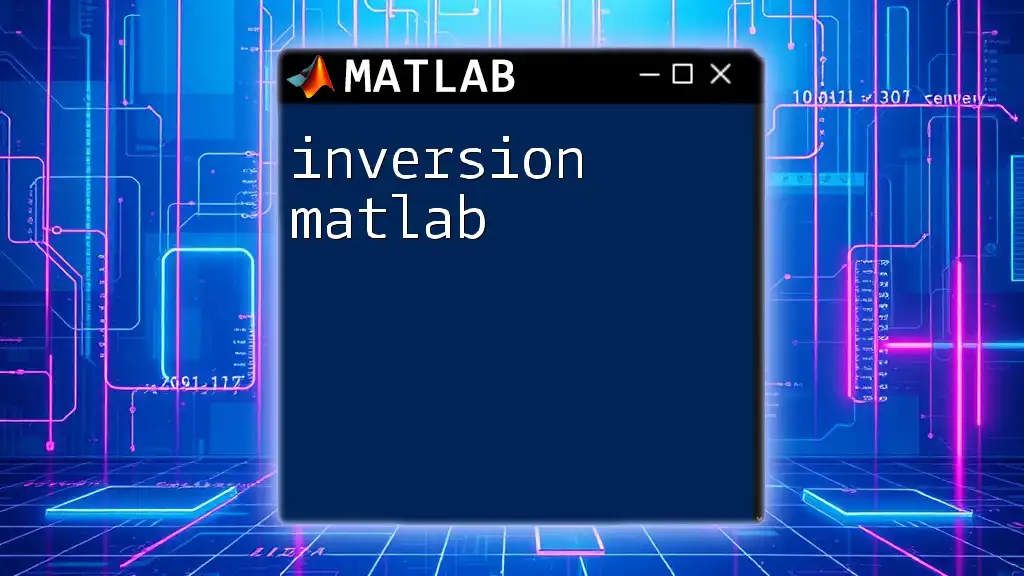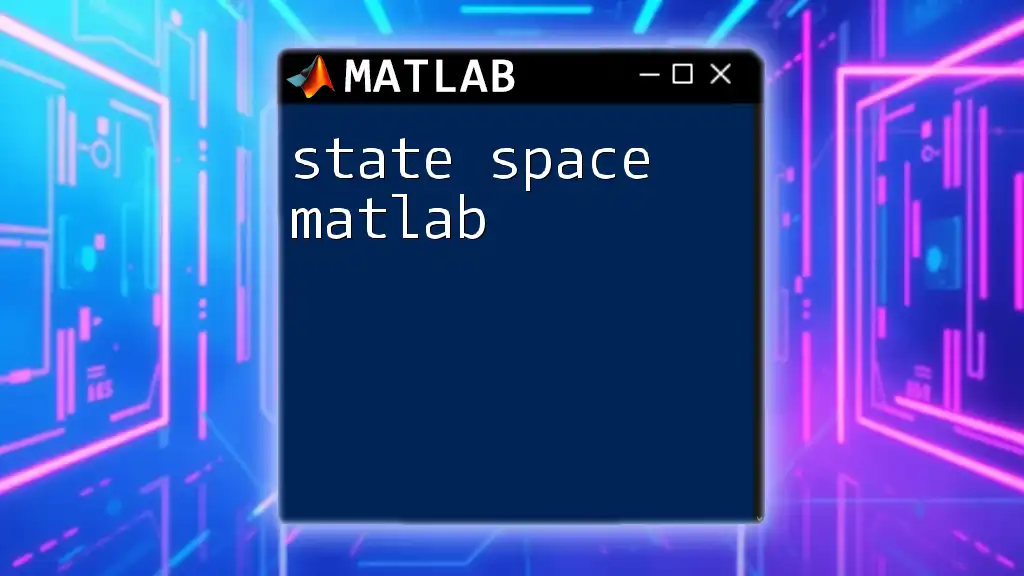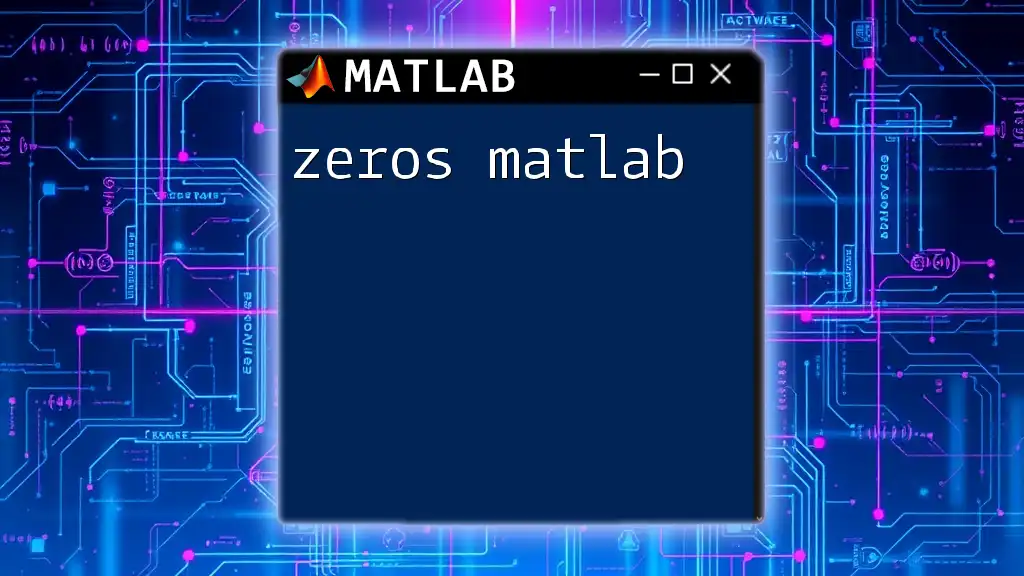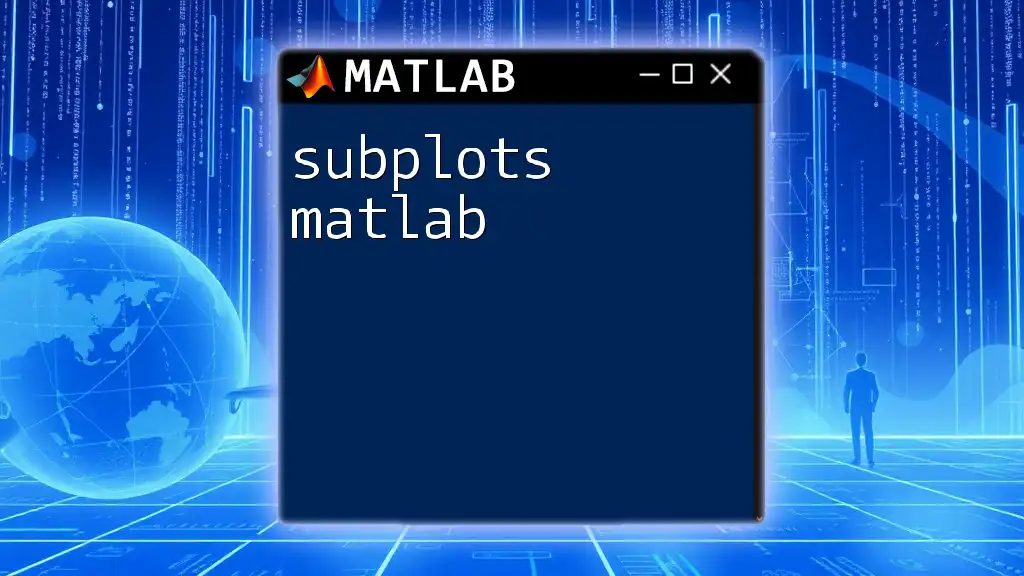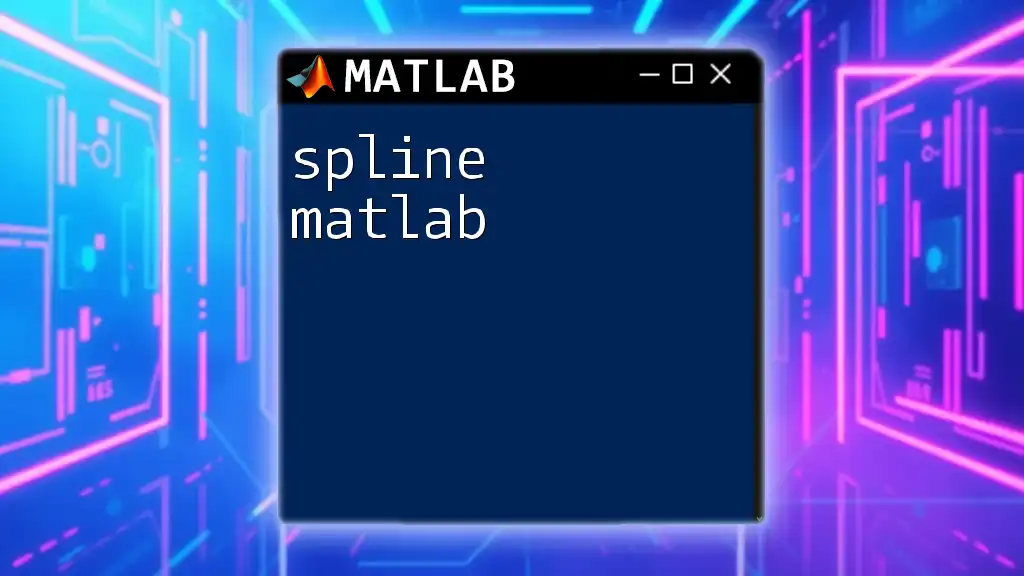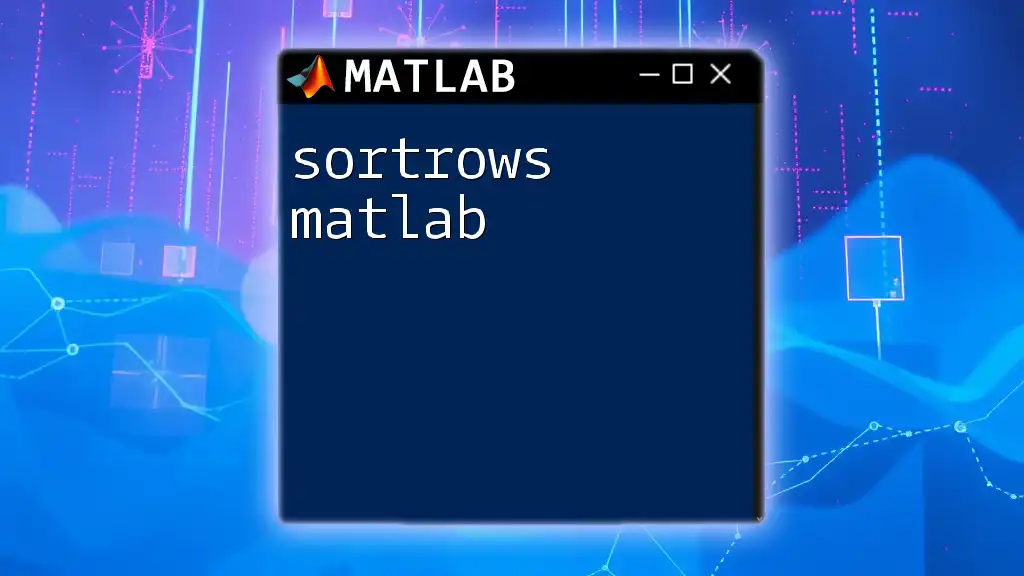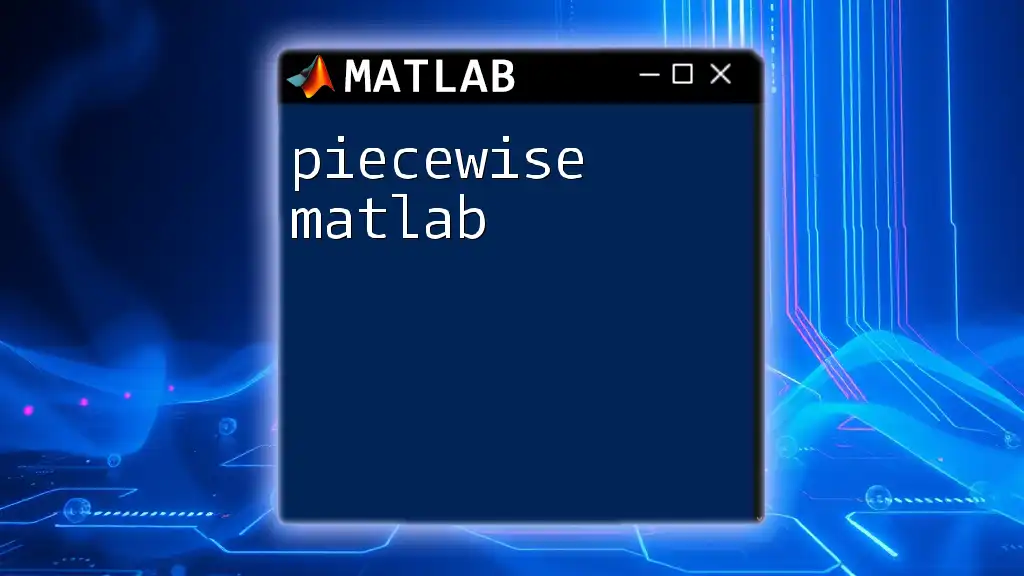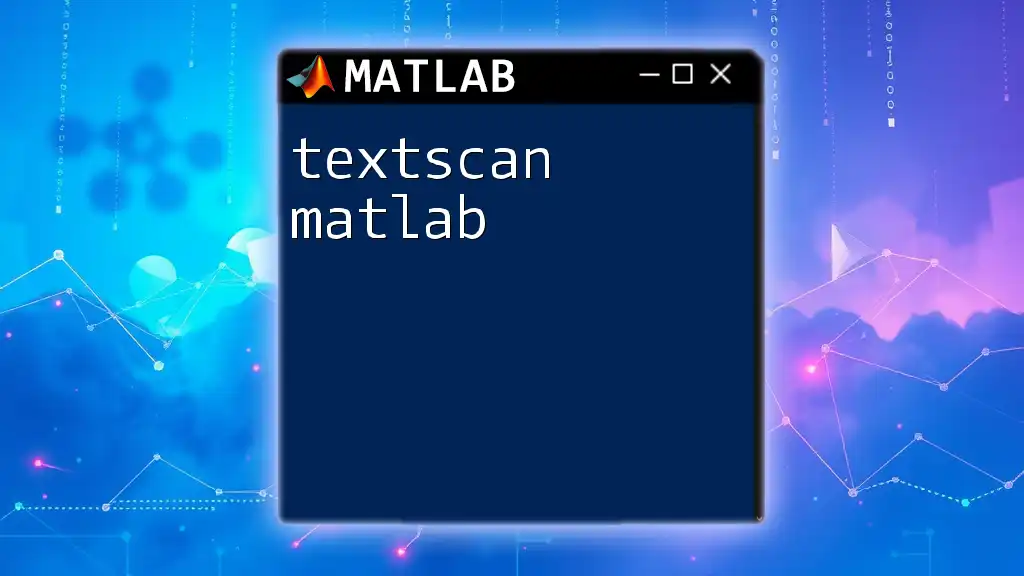The step response in MATLAB is a method to analyze the dynamic behavior of linear systems in response to a step input, commonly visualized using the `step` function.
% Define a transfer function
sys = tf(1, [1 2 1]);
% Plot the step response
step(sys);
grid on;
Understanding Step Response
What is Step Response?
In the context of dynamic systems, step response is a key concept that refers to the output of a system when subjected to a unit step input. This type of analysis helps engineers and scientists understand how a system reacts over time to a sudden change, providing insights into its stability, responsiveness, and settling behavior. The response is typically graphed as a function of time.
Importance of Step Response
The step response is a vital tool in control systems analysis and design. It allows for the evaluation of a system’s transient response, which includes important metrics like rise time, settling time, and overshoot. Understanding these parameters is crucial for designing systems that meet strict performance criteria. Practical applications extend across multiple fields, including mechanical engineering, electrical engineering, and robotics.
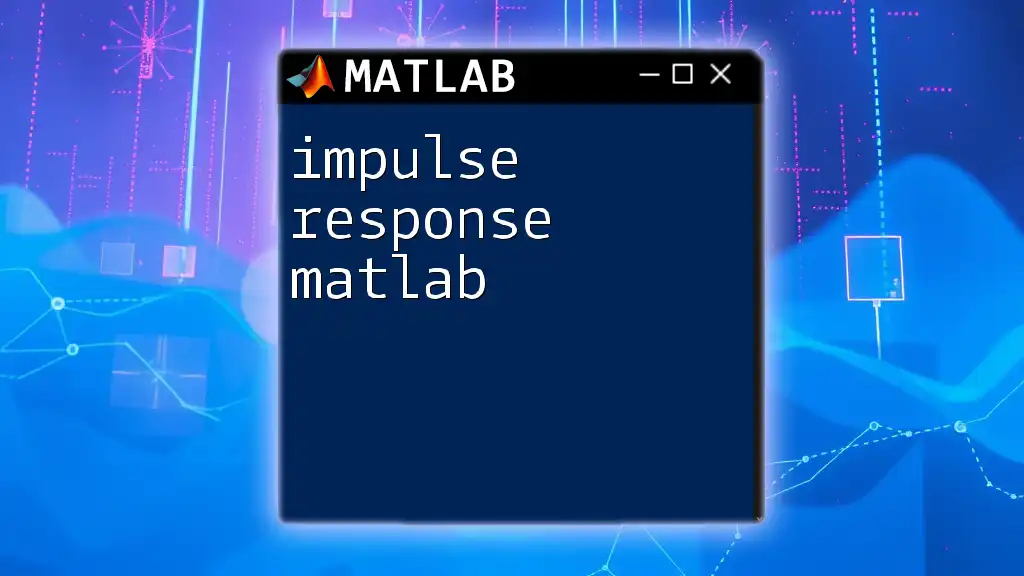
Getting Started with MATLAB
Introduction to MATLAB
MATLAB (Matrix Laboratory) is a high-performance language and environment specifically designed for technical computing. With its intuitive interface and rich set of built-in functions, MATLAB simplifies the simulation and analysis of dynamic systems. Control System Toolbox is particularly useful for conducting step response analysis.
Creating a MATLAB Environment for Step Response
To effectively use MATLAB for step response analysis, ensure the following steps are in place:
- Installation of MATLAB: Download and install from the official MATLAB website.
- Loading the Control System Toolbox: This toolbox is specifically tailored for control system design and analysis, essential for studying step responses.
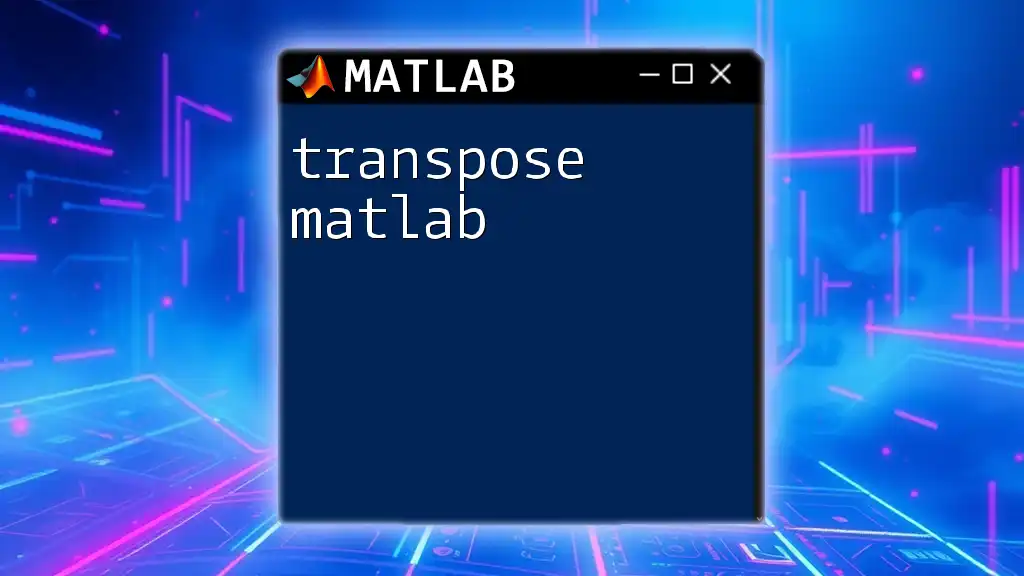
Analyzing Systems using Step Response
First-Order Systems
Definition and Transfer Function
First-order systems are characterized by their simple dynamics and can be represented by the transfer function: \[ G(s) = \frac{K}{\tau s + 1} \] Here, K is the gain and τ is the time constant. The time constant dictates how quickly the system responds to changes.
MATLAB Code Snippet
To visualize the step response of a first-order system in MATLAB, use the following code snippet:
K = 1; % Gain
tau = 2; % Time constant
sys = tf(K, [tau 1]); % Transfer function
step(sys); % Step response
title('Step Response of First-Order System');
grid on;
Interpretation of Output
The resulting plot will illustrate the step response over time. Key parameters to observe include settling time, which indicates how long it takes for the system output to stabilize, and rise time, denoting the duration taken to rise from a lower level to a specified higher level.
Second-Order Systems
Definition and Transfer Function
Second-order systems exhibit more complex behavior and can be expressed by the transfer function: \[ G(s) = \frac{K \omega_n^2}{s^2 + 2ζω_n s + \omega_n^2} \] In this equation, ω_n represents the natural frequency and ζ is the damping ratio. These parameters significantly influence the system's response characteristics.
MATLAB Code Snippet
Here's how you can model a second-order system in MATLAB:
K = 1; % Gain
omega_n = 1; % Natural frequency
zeta = 0.5; % Damping ratio
sys = tf(K * omega_n^2, [1 2*zeta*omega_n omega_n^2]); % Transfer function
step(sys); % Step response
title('Step Response of Second-Order System');
grid on;
Interpretation of Output
The step response of a second-order system varies with the adjustment of the damping ratio and natural frequency.
- Underdamped responses (0 < ζ < 1) demonstrate oscillations before settling.
- Critically damped responses (ζ = 1) return to equilibrium without oscillations in the shortest time.
- Overdamped responses (ζ > 1) are slower to reach equilibrium.
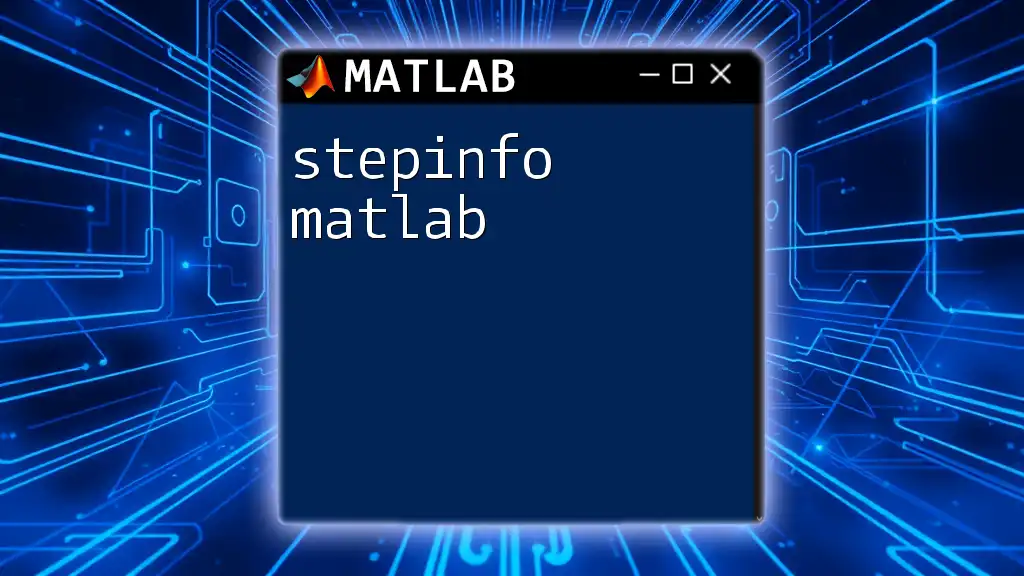
Customizing Step Response Plots
Enhancing Visual Presentation
To convey your findings effectively, it’s essential to customize your MATLAB plots. Modify plot features such as line colors, styles, and markers. Adding legends and annotations enhances clarity, making the information more accessible.
MATLAB Code Snippet for Customized Plot
You can easily customize your step response plot with the following code:
step(sys);
title('Customized Step Response');
xlabel('Time (s)');
ylabel('Response');
legend('Step Response', 'Location', 'Best');
grid on;
set(gca, 'FontSize', 14);
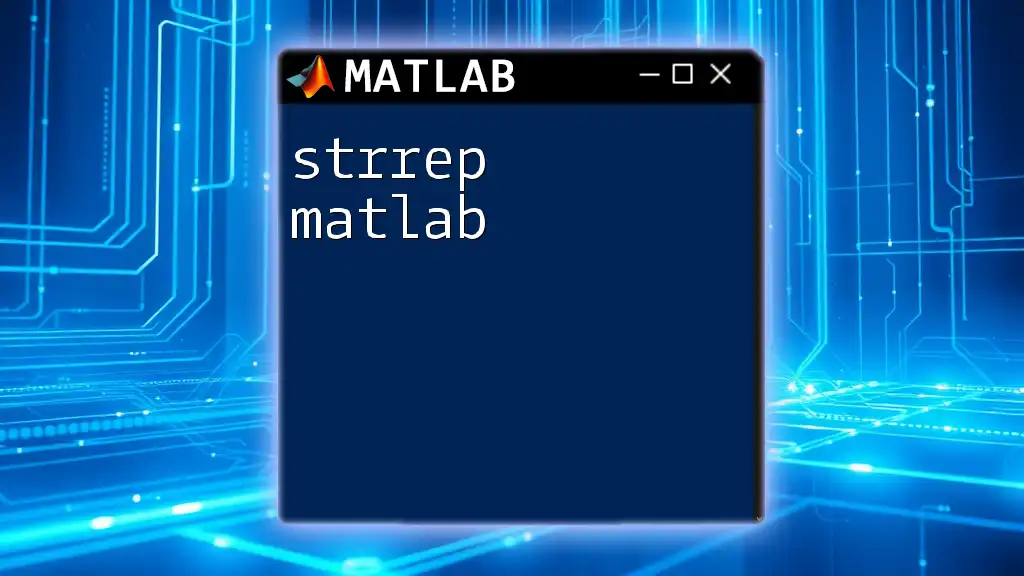
Advanced Analysis
Comparing Multiple Systems
A powerful feature in MATLAB is the ability to compare the step responses of multiple systems on the same graph. This comparison can illuminate the relative performance of different designs and configurations, enhancing decision-making in system design.
MATLAB Code Snippet for Multiple Systems
To visualize the differences in responses, use this code:
sys1 = tf(1, [2 1]);
sys2 = tf(1, [1 1]);
hold on;
step(sys1, 'r', sys2, 'b--'); % Overlay step responses
legend('Sys1', 'Sys2');
title('Comparison of Step Responses');
grid on;
hold off;
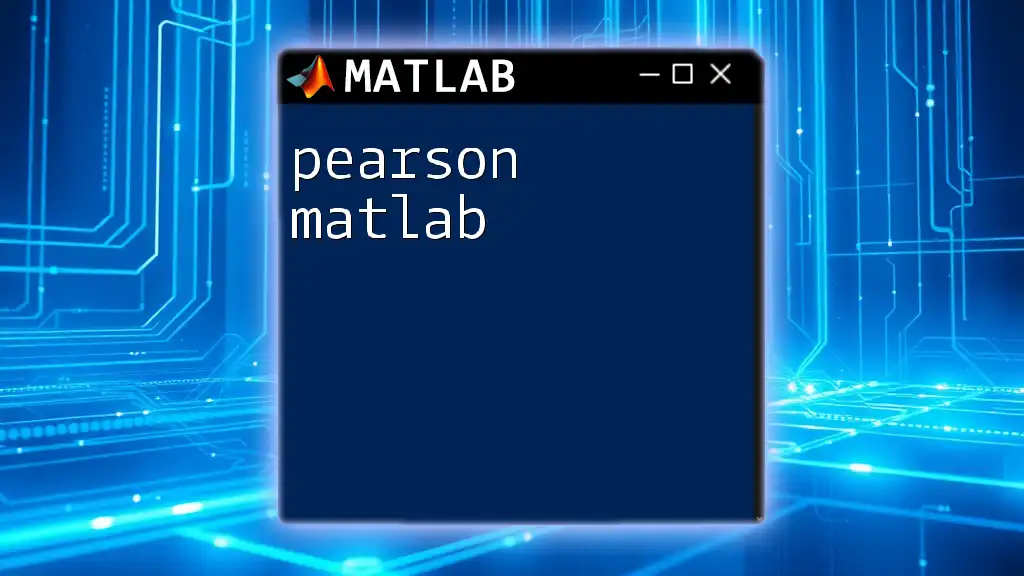
Troubleshooting Common Issues
Common MATLAB Errors and Solutions
While working with MATLAB, you may encounter various errors. Common issues might include syntax errors, unrecognized functions, or dimensional mismatches. Here are some effective troubleshooting tips:
- Syntax Errors: Ensure all commands are correctly typed, paying attention to open and close brackets.
- Function Recognition: If MATLAB cannot recognize a function, verify that the corresponding toolbox is installed and loaded.
- Dimension Mismatches: Check that input vectors and matrices align appropriately for operations.
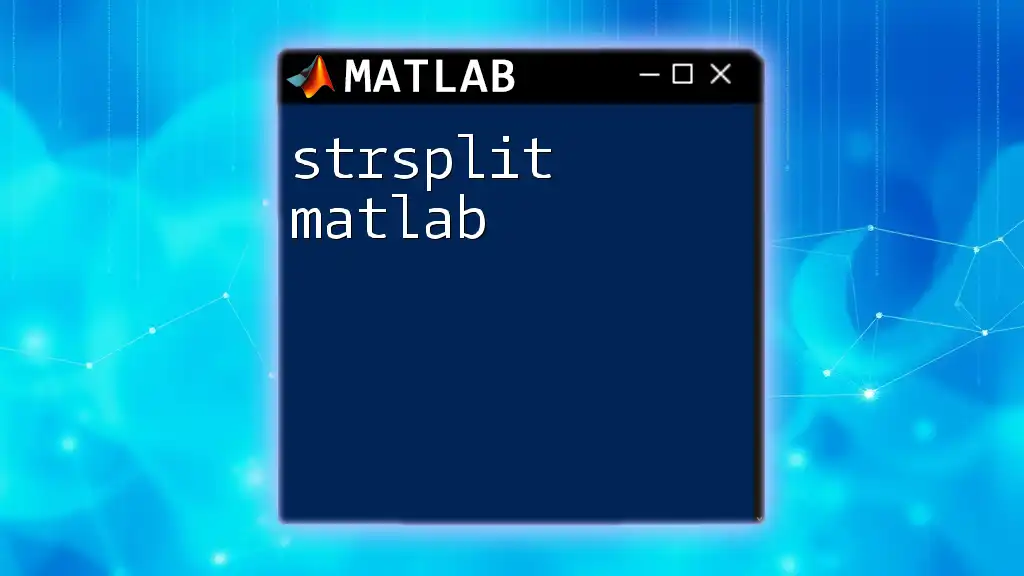
Conclusion
Mastering the concept of step response MATLAB is crucial for anyone interested in control systems. It provides insights into how systems respond to changes and helps in optimizing system performance through careful analysis. By practicing with various examples and code snippets, you'll enhance your skills tremendously.
For further exploration and expertise in MATLAB, I encourage you to delve into comprehensive courses designed for a deeper understanding of this powerful tool. Engaging with a community of learners can also provide additional insights and support as you enhance your MATLAB proficiency.
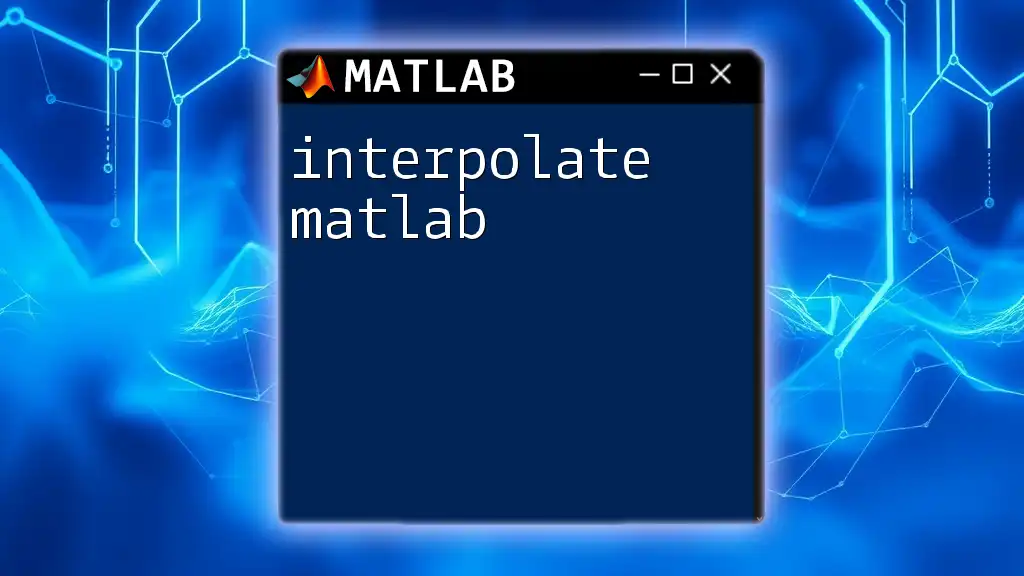
Additional Resources
Recommended Books and Online Courses
- Look for reputable textbooks on control systems and MATLAB programming.
- Explore online platforms offering dedicated courses on MATLAB and control systems.
Community and Support
Consider joining MATLAB forums and online communities where you can share experiences, ask questions, and learn from fellow MATLAB users. This collaborative environment fosters growth and can significantly enhance your understanding and application of MATLAB in real-world scenarios.

